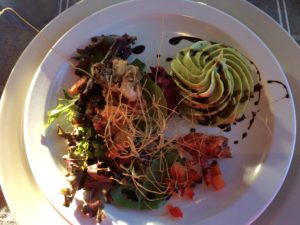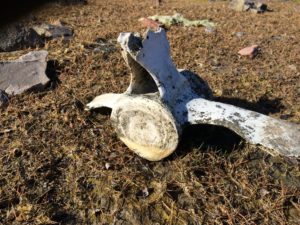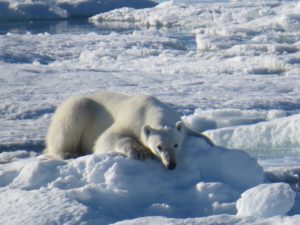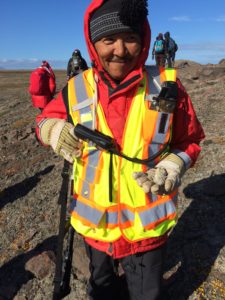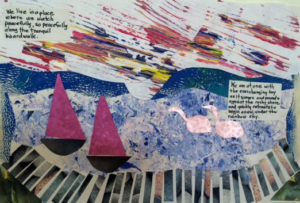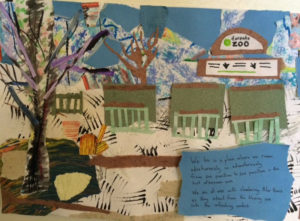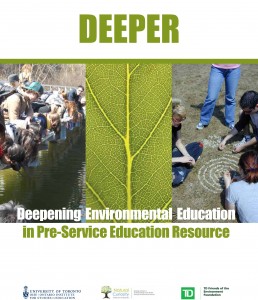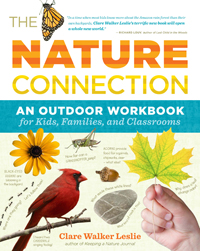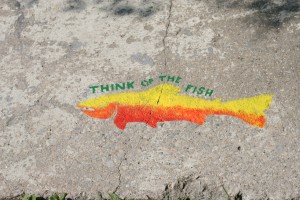August 19, 2017
We sometimes end our days on the ship with a sharing circle; this is a loose version of a First Nations talking circle, where each member of the journey gets to express their reflection on what we have experienced. ô Tonight this lasted for an hour and half; it was an incredibly rich way to build our understanding of our adventures, and of each other.ô One of the reasons tonightãs circle was so valuable was to help process our visit to the town of Resolute Bay.ô This Inuit community is the second most northernly community in Canada, with a population of about 250 (more if you count the steady stream of scientists and fossil fuel explorers who travel through).ô Its history is well-documented (including in a Globe & Mail feature article today by Margaret Wente, who is on this journey with us.)ô In brief, Inuit families from Northern Quebec were forced by the Canadian government to relocate there in the 1950s to support a sense of Canadian sovereignty in the North; they were left on a rocky shore with no food, shelter, or means of survival. We heard this story from Allie Salluviniq today, one of the last living survivors of this relocation, right at the spot where his family landed. It says so much about the resilience of this Inuit community to not only have survived this harrowing experience, but to also have made this place home.ô Allieãs family greeted us warmly, introducing us to their children and welcoming us into their homes. We were fortunate to be able to return this hospitality as they joined us for dinner on the Polar Prince; having the children on board with us was a special treat!
The warmth with which we are being greeted by the Inuit we are meeting is becoming a central theme for me on this journey.ô We are having experiences in the water and on the land that leave us filled with joy and awe ã the North is such a beautiful part of Canada that so few get to see.ô But what is proving to be most meaningful are the people I am meeting – on the ship and from the local communities, from all walks of life, and from areas of Canada I havenãt been to before. What I am learning from them is sometimes difficult to hear ã as a Canadian from the south, I am shocked to learn about the neglect and atrocities that have been inflicted on Canadians in the North over the last 150 years.ô I am working through my complicity in this as a person of British ancestry; my forefathers were the ones who brought this pain and suffering to the ancestors of the people I have been meeting and travelling with over the last week.ô The Inuitãs warmth, hospitality, and acceptance of all of us, despite this challenging history, is a rich life lesson about diversity, inclusion, and reconciliation – one that I will take with me long after this journey is finished.
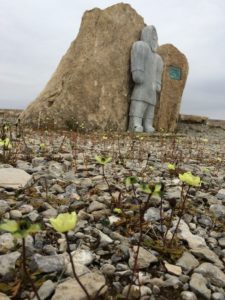

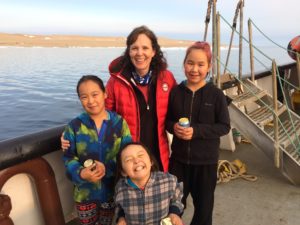


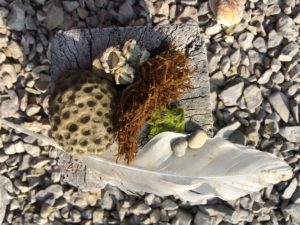


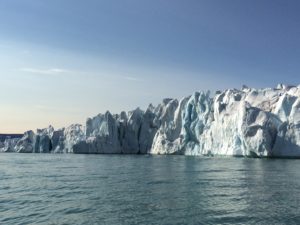 ô ô ô ô ô ô
ô ô ô ô ô ô 